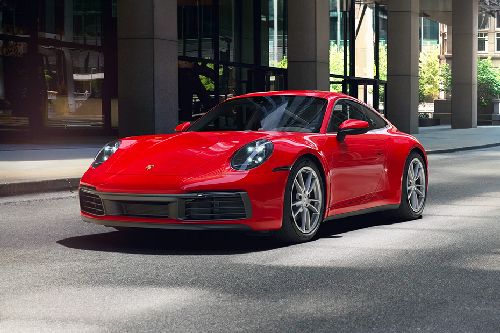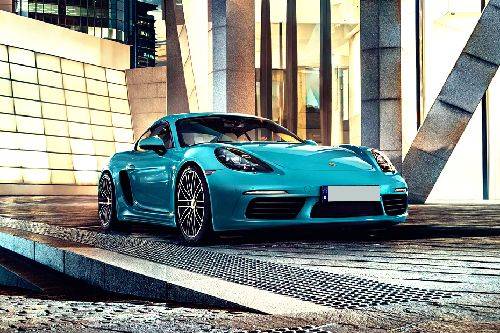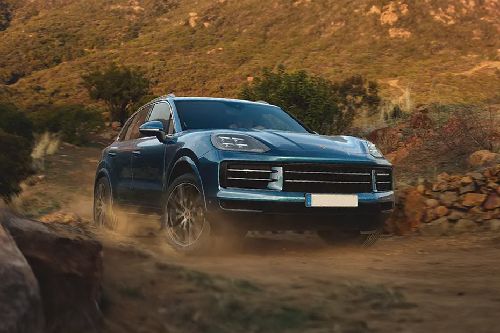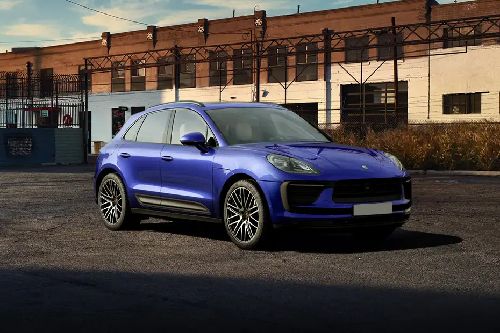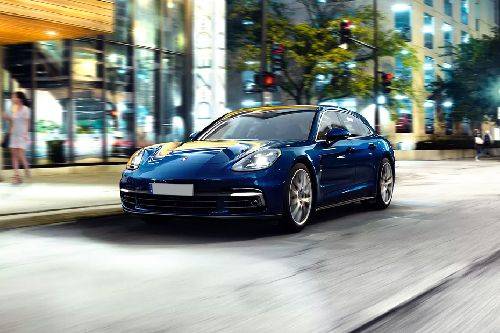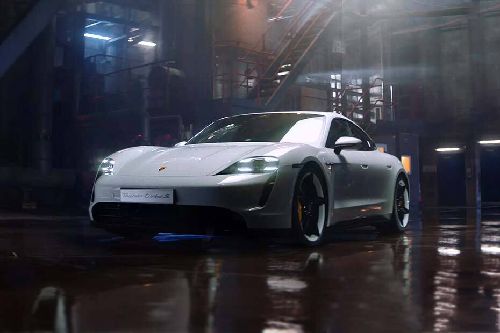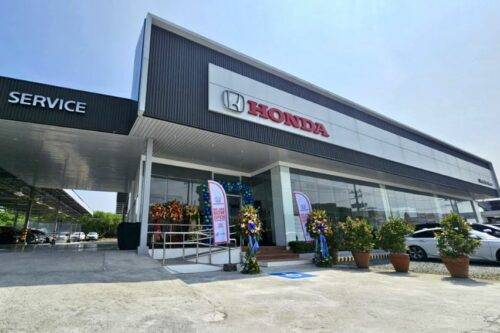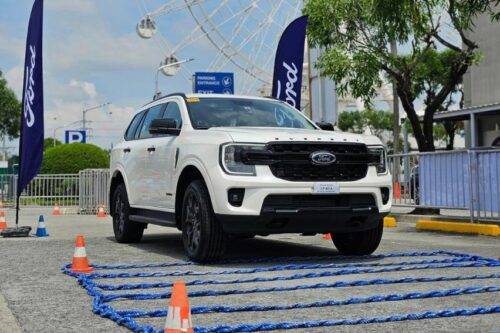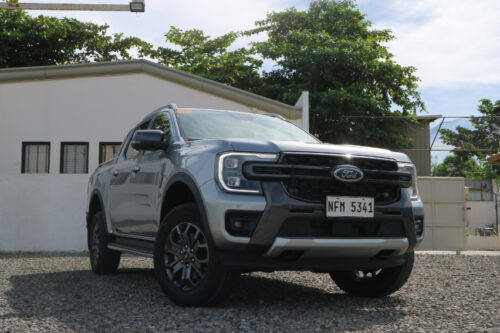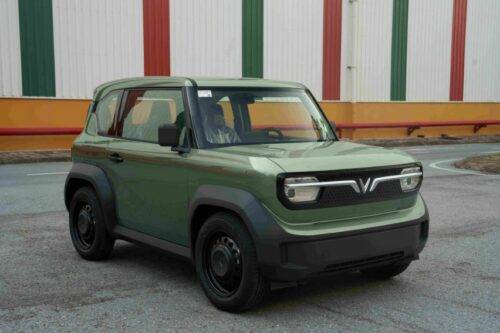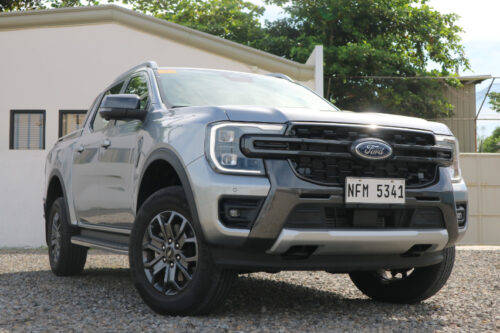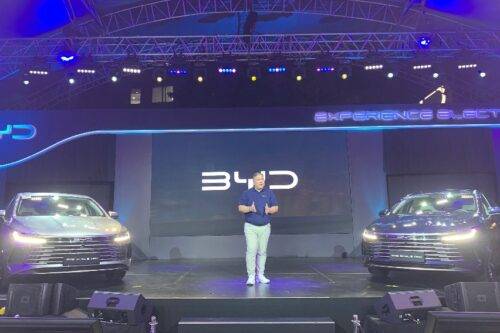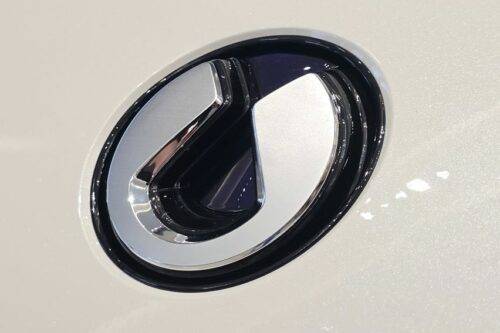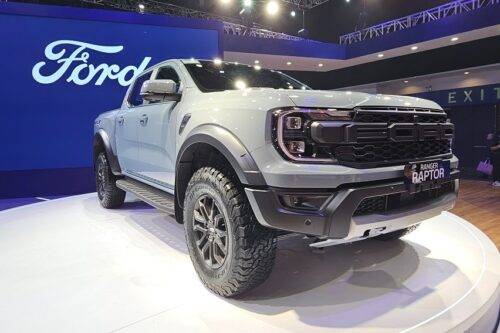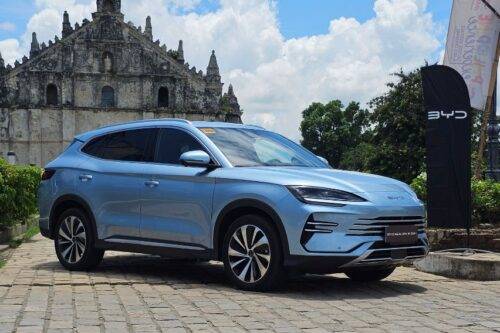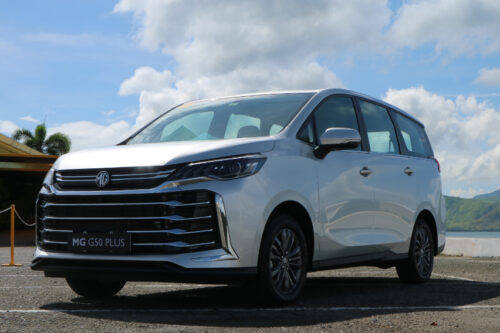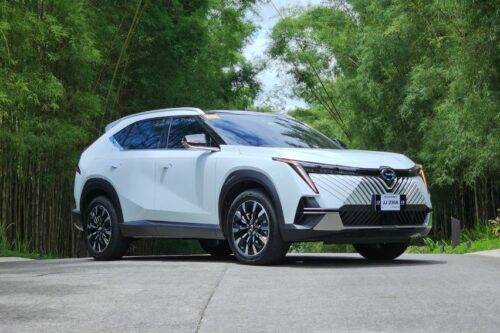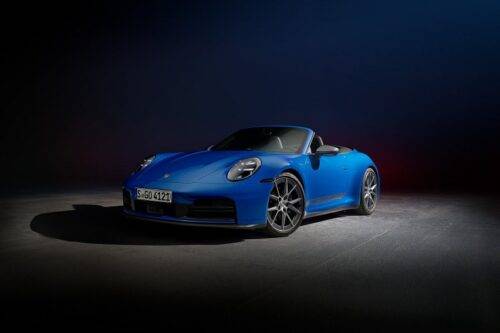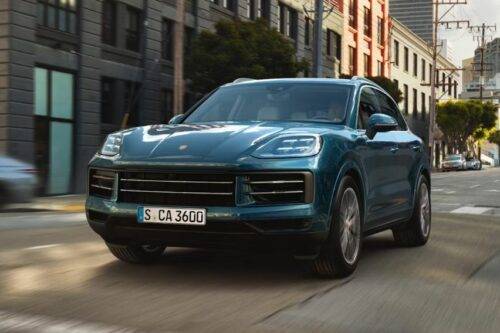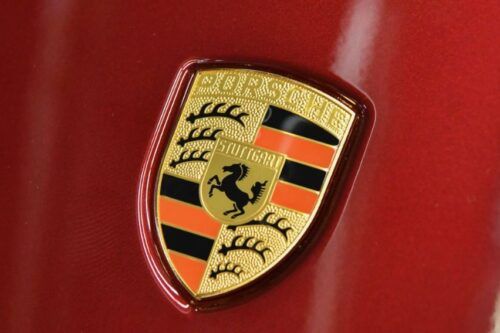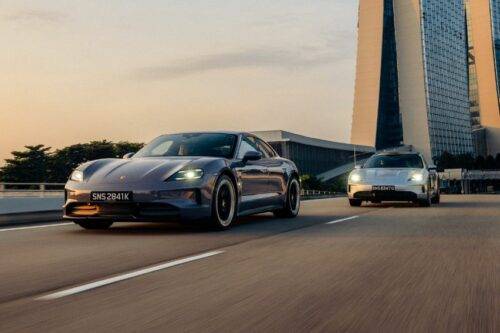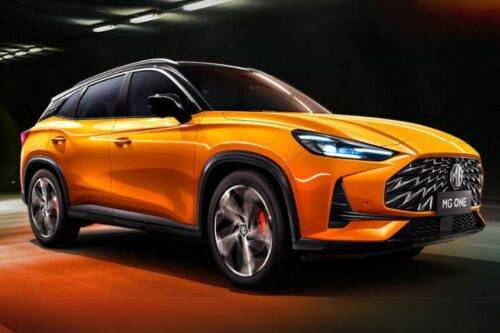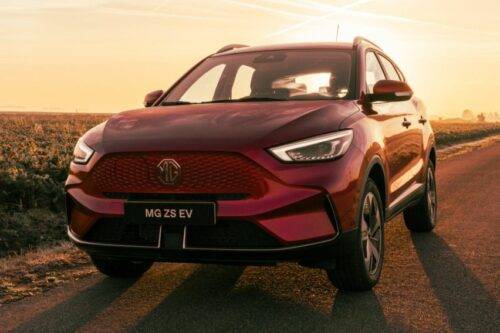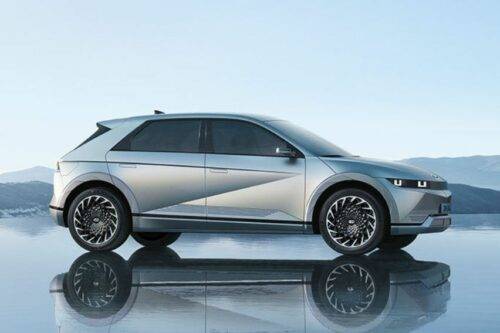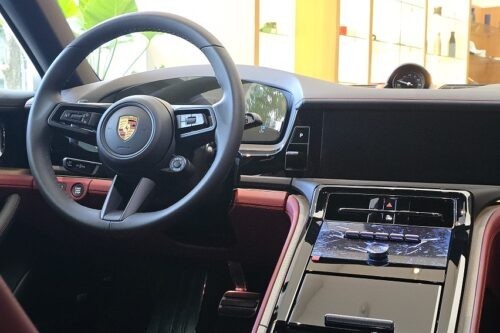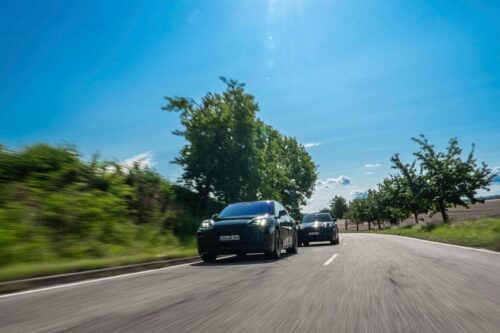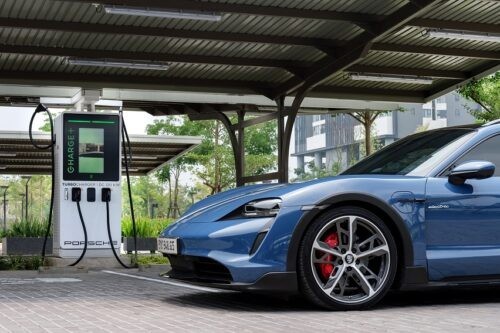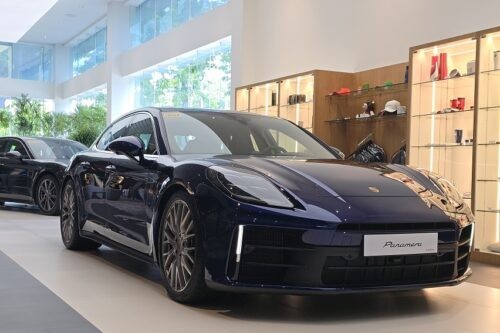On the road and track since 1981: A look at Porsche's advanced PDK gearbox
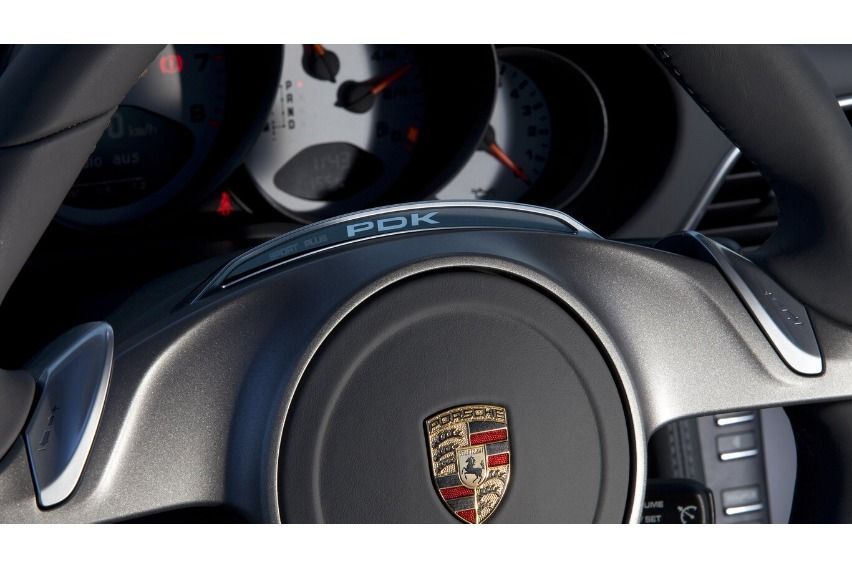
Today, Porsche's dual-clutch transmission (PDK) is known to excellently merge the involvement of a manual with the convenience of an automatic.
KEY TAKEAWAYS
How does Porsche's PDK dual clutch work?
Porsche's PDK gearbox uses two clutches, with the second one already engaged before it is needed. This allows for quicker shifts and higher efficiency.When was Porsche's PDK developed?
Porsche's PDK was formally introduced for testing in 1981. The system was evaluated in Porsche racing and Audi rally cars.The German sports car marque did spend plenty of time perfecting — and almost creating from scratch — the Porsche Doppelkupplungsgetriebe.
Decades before the PDK's official birth 40 years ago in 1981, Porsche had explored a system that had "the advantages of a manual gearbox and avoided the disadvantages of automatic gearboxes."
From 1964 to the 1970s, Porsche's white coats began working on a powershift dual-clutch transmission with mechanical control via cam discs. However, Porsche wasn't able to immediately introduce the system to production cars.
"The powerful control electronics to implement the sensitive clutch control necessary for installation in production cars were not available at the start of the '70s,” explained Rainer Wüst, Porsche's gearbox test engineer from 1971.
In 1979, in response to the oil crisis of 1973, the German Federal Ministry of Research and Technology organized the "Vehicle 2000" study, a competition for the automotive industry to develop a fuel-efficient vehicle for the future.
In this study, the PDK transmission proved to be the most advanced technology among all possible transmission concepts, Porsche said.
And so after a spate of challenges — Porsche had to convert other prototype transmissions — the brand's team was finally able to develop the basic functions of the PDK. The new gearbox was first demonstrated in a Porsche 924 and various versions starting 1981.
In addition to building a PDK for production cars, Porsche also planned to demonstrate the PDK's performance in racing with the 956.
“We were able to shift and drive much faster with no interruptions to traction,” racing driver Hans-Joachim Stuck, who also lent a hand in PDK development, recalled.
Similar to the PDK gearboxes of today, the early version were made by these ingredients: The gears are divided between two sub-transmissions, each with its own clutch. Only one clutch is engaged at any one time, meaning that the new gear can already be engaged in the second sub-transmission.
The end result is that there's little to no power interruption from the engine as one cog is swapped for the next one.
To change gears in the PDK of old, the driver needed only to operate a switch while driving. Today, shifting is done through the paddle shifters or the gear shifter.
“The PDK thereby combines manual and automatic shifting — and takes the best of both worlds," Porsche Head of Alternative Drives Christian Hauck said.
Motorsport continued to be the PDK testbed. The 962 was the first racing car with PDK in the 1980s. In 1986, Stuck drove this race car to its first victory at the Monza 360-km race together with Derek Bell. In the end, both also won the 1986 world championship.
In the same year, Stuck took the championship title of the prestigious and highly competitive German "ADAC Würth Supercup" with the 962. During the series for Group C sports car prototypes, which was held for the first time, he used it to test Porsche's then-new PDK at race pace.
Despite the PDK's greater weight and complexity, he was able to demonstrate significant advantages in the performance of the PDK principle on the race track.
The PDK was also tested in rallying and found its way to an Audi, too. Walter Röhrl immediately took first place in the Audi Sport-Quattro S1 with PDK in its first outing at the Semperit Rally at the end of 1985.
At the end of the 1980s, the attempt to transfer the PDK into production was suspended temporarily, as Porsche was dependent on the support of the supplier industry.
From 1989 to the mid-2000s, Porsche instead fitted a torque converter automatic called Tiptronic, which allowed for manual shifting.
But good news came in 2008, as Porsche was then able to fit the PDK to the 911 as an optional extra. A year later, the PDK was introduced in the Panamera — the first Porsche in which the PDK was fitted as standard in some models.
Presently, the sportiest versions of each Porsche model come exclusively with dual-clutch. The most recent example is the 718 Cayman GT4 RS, whose PDK is said to allow for fast lap times and efficient and comfortable driving.
Talk about dual personality.
Photos from Porsche
Sell your car at the best price
 Verified and genuine buyers
Verified and genuine buyers
Porsche Car Models
PIMS 2024
- Latest
- Popular
You might also be interested in
- News
- Featured Stories
- Latest
- Popular
Latest Porsche Car Videos on Zigwheels

Porsche Car Articles From Carmudi
- journal

